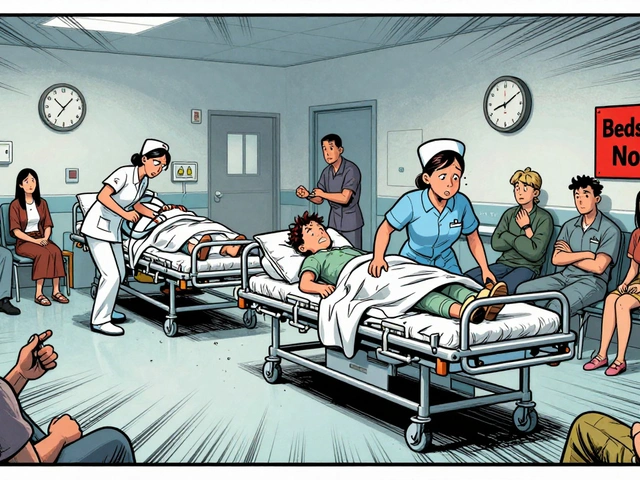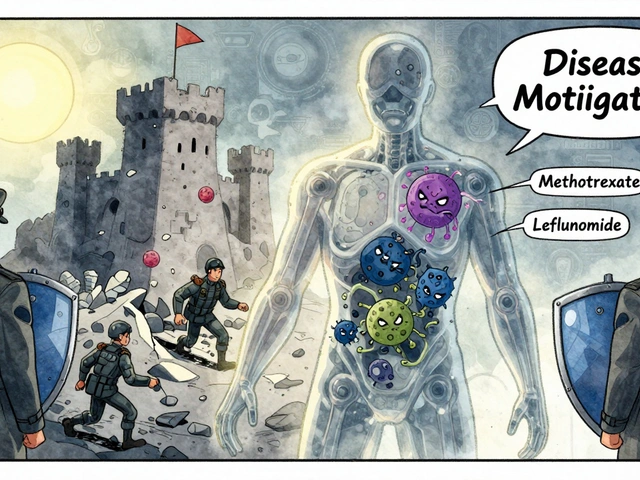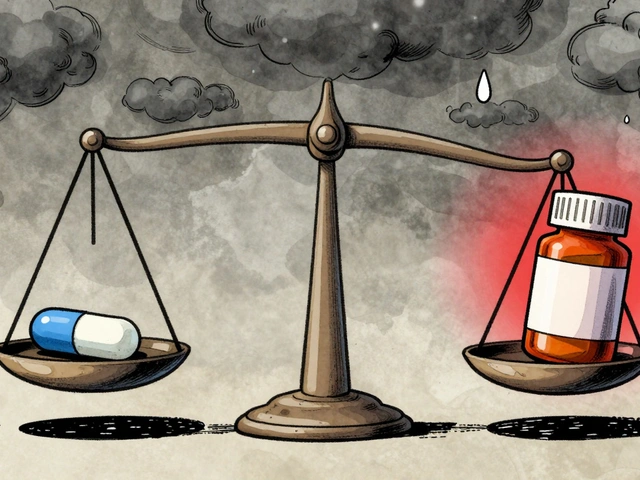Mail-order prescriptions can save time and money — but only if you pick a safe provider.
Online pharmacies and pharmacy mail services vary wildly. Some follow strict rules and ship real, properly labeled meds. Others sell expired, counterfeit, or wrong-strength drugs. Knowing the difference keeps you healthy and avoids huge problems.
Start by asking one simple question: does the pharmacy require a prescription from your doctor? Legit services always ask for a valid prescription and will verify it if needed. If a site offers powerful prescription drugs without asking for a prescription, that’s a major red flag.
Check credentials next. Look for a U.S. pharmacy license, a physical address and a pharmacist you can call. Trusted lists like the NABP’s Verified Internet Pharmacy Practice Sites (VIPPS) and accreditation services such as LegitScript help identify reputable sellers. If these checks look fuzzy, call the pharmacy and ask to speak with a licensed pharmacist. Their responses often reveal a lot.
Ordering is straightforward but watch details. Confirm the exact drug name, dose, quantity, and the expiration date on the label. Keep records: save order confirmations, tracking numbers, and photos of the package when it arrives. If the blister pack, bottle label, or medication looks different from what you usually get, contact the pharmacy and your prescriber before taking more doses.
Shipping and storage matter. Temperature-sensitive meds like insulin or some injectables need cold-chain shipping. Ask the pharmacy how they handle temperature control, and choose a delivery window when you can be home. Track your shipment and open packages promptly. If a product feels warm, damp, or has damaged packaging, don’t use it and report the issue.
Cost and coverage can be confusing. Mail-order often gives discounts for 90-day supplies and may have lower dispensing fees. Compare prices across accredited online pharmacies and use manufacturer coupons or prescription discount cards when possible. If you have insurance, check if the plan requires mail-order for maintenance drugs and whether the pharmacy is in-network.
Watch out for scams. Unrealistically low prices, no contact phone number, foreign-sounding domains without clear licensing, and requests for payment through wire transfer or cryptocurrency are warning signs. Also be cautious about pharmacies that refuse to discuss your medication with your doctor or who pressure you to buy in bulk.
A quick checklist before you order: confirm the prescription requirement; verify U.S. license and accreditation; confirm shipping method for temperature needs; read return and refund policies; save all communication and package photos. If anything feels off, stop and ask your doctor for alternatives.
Using mail-order prescriptions can be a smart move for convenience and savings. With a few checks — verify credentials, confirm shipping safety, and keep records — you’ll lower risk and get reliable medications delivered to your door.
Extra tip: if you travel often, set up a local pick-up option or choose a pharmacy with flexible delivery. For controlled substances, follow local laws and ask your prescriber about legal alternatives. Keep an emergency supply and never stockpile without medical approval. Stay safe online.

Top Canadian Pharmacy Alternatives: 7 Options Beyond Canada Meds 365
Tired of Canada Meds 365? Explore seven alternative pharmacies that offer unique services like loyalty rewards, bulk purchasing, and international partnerships. Find out their pros and cons, and see if one of these options might better suit your needs. With this guide, you’ll be better equipped to make an informed decision about your prescription needs. Discover these alternatives and what makes them stand out in 2025.
View More




